PDF chapter test TRY NOW
Have you ever rubbed your hands together to stay warm in the winter?
If yes, heat is created in this process. This is an example of exothermic reactions.
Heat is also generated by chemical reactions.
Production of heat:
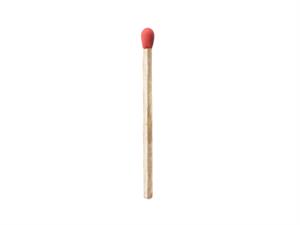
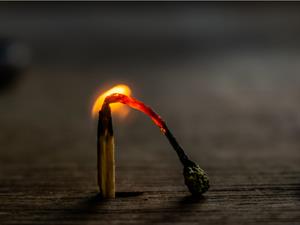
Burning of a matchstick
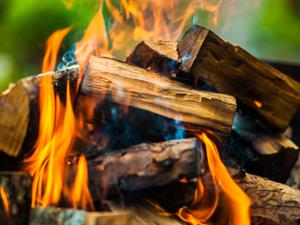
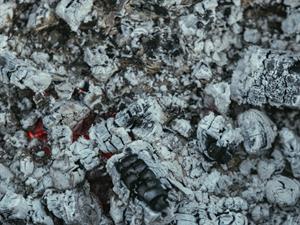
Burning of wood
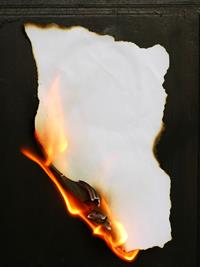
Paper turning into ashes
The chemical process in which substance reacts with oxygen to provide heat is known as combustion.
Example:
Case 1: When you add water to quicklime (Calcium oxide), a lot of heat is released, resulting in slaked lime (Calcium hydroxide).
Case 2: Take two clean test tubes and fill one test tube with sulphuric acid and another one with sodium hydroxide solution.
Slowly and carefully add sodium hydroxide solution to sulphuric acid. If we touch the test tube's sides, it will be hot. This is due to the exothermic reaction that is taking place.
As a result, certain chemical reactions take place with the production of heat.
Thermochemical reactions or thermolysis are the name for these types of reactions.
Production of light:
When you light a fire, what happens?

When you burn something, you get light. Some chemical reactions, such as these, result in the production of light.
Example:
When a piece of magnesium ribbon is burned in a flame, a bright light is emitted.
Fireworks used during festivals emit a variety of coloured lights as a result of chemical reactions.
Similarly, when methane gas is ignited, it produces heat and light.
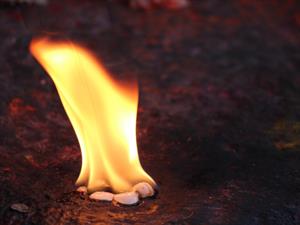
Camphor
So, we may conclude that light is emitted for some chemical reactions.
